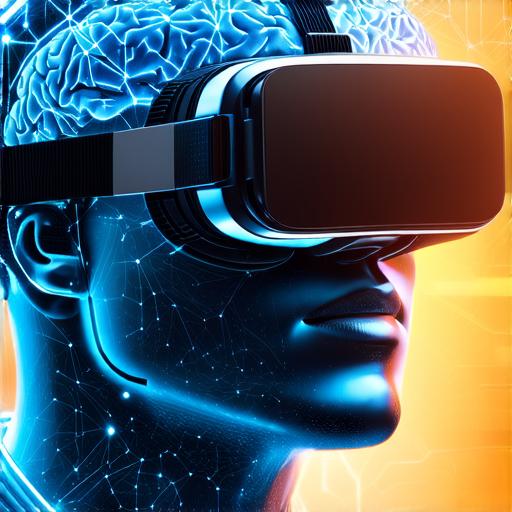
How are virtual reality and human perception interconnected?
Virtual reality (VR) technology has the potential to revolutionize human perception by providing immersive and interactive experiences that simulate real-world environments.
The Connection between Virtual Reality and Human Perception
Virtual reality is a technology that creates a computer-generated environment that can be experienced through special headsets or other devices. This immersive experience has the potential to influence human perception in a variety of ways.
One way that VR affects human perception is by providing an alternative perspective on a situation. For example, a person may perceive a virtual environment as more beautiful or interesting than the real world. This can be especially useful for architects and interior designers who want to test out different design concepts before they are implemented in real life.
Another way that VR affects human perception is by providing a sense of presence. This means that people feel like they are truly in the virtual environment, even though they are not physically present. This can be especially useful for training and simulation applications, where it is important to create a realistic experience.
Virtual Reality and the Brain
The brain plays an important role in how we perceive the world around us. Virtual reality technology has been shown to have an impact on the brain in a number of ways.
One way that VR affects the brain is by stimulating the release of neurotransmitters, such as dopamine and serotonin. These chemicals are associated with feelings of pleasure and happiness and can be released in response to positive experiences. This can create a more immersive and enjoyable experience for users.
Another way that VR affects the brain is by altering the perception of time. In virtual environments, time can pass more quickly or slowly than it does in the real world. This can be useful for training applications where it is important to simulate different scenarios at different speeds.
Virtual Reality and Emotion
Emotions play an important role in human perception and behavior. Virtual reality technology has the potential to influence emotions in a number of ways.
One way that VR affects emotions is by creating a sense of presence. As mentioned earlier, people can feel like they are truly in the virtual environment, even though they are not physically present. This can create a more immersive and emotional experience for users.
Another way that VR affects emotions is by providing an alternative perspective on a situation. For example, a person may perceive a virtual environment as more beautiful or interesting than the real world. This can be especially useful for architects and interior designers who want to test out different design concepts before they are implemented in real life.
Virtual Reality and the Future
The potential applications of virtual reality technology are vast and varied. As the technology continues to improve, we can expect to see even more innovative uses for VR in fields such as education, healthcare, and entertainment.
One example of a potential application of VR is in the field of mental health. Virtual reality technology has been shown to be effective in treating conditions such as anxiety and post-traumatic stress disorder (PTSD). By providing a safe and controlled environment for exposure therapy, VR can help people overcome their fears and improve their mental health.
Another example of a potential application of VR is in the field of training and simulation. Virtual reality technology has the potential to create highly realistic simulations that can be used to train workers in a variety of industries, from aviation to healthcare. This can save time and money by providing a safe and controlled environment for training.

Conclusion
Virtual reality technology has the potential to reshape human perception in a variety of ways.


